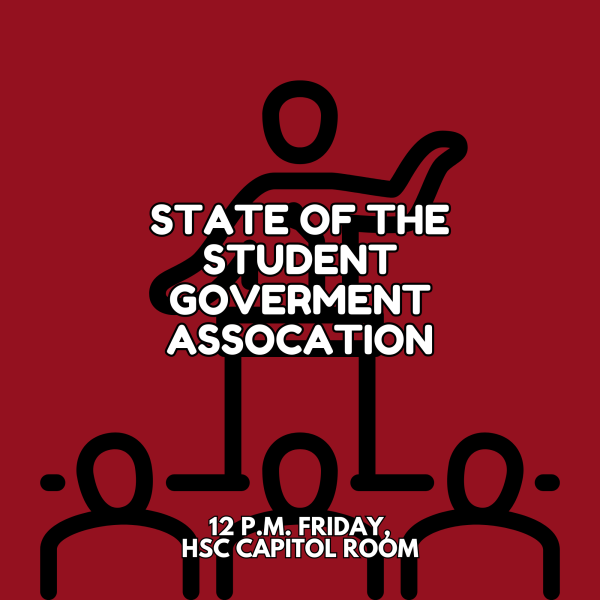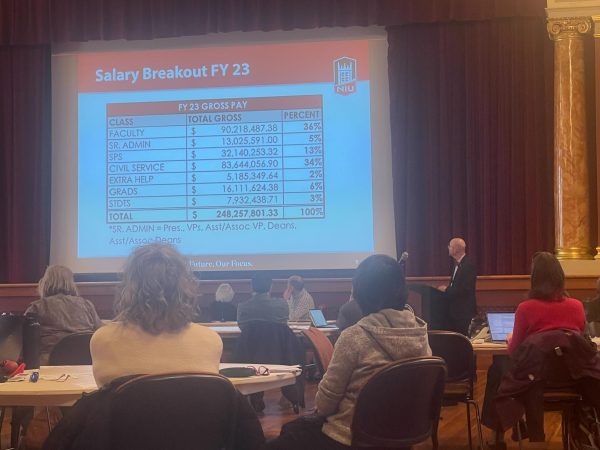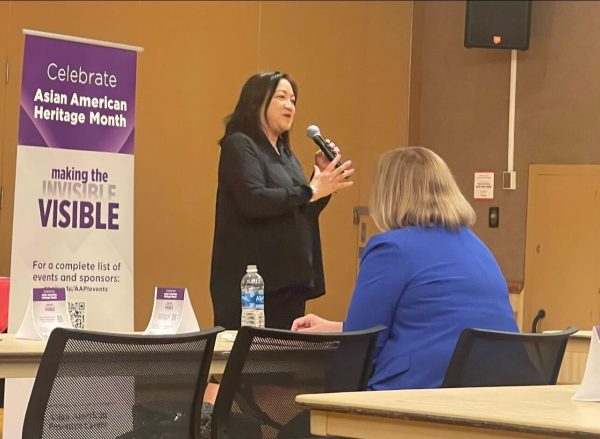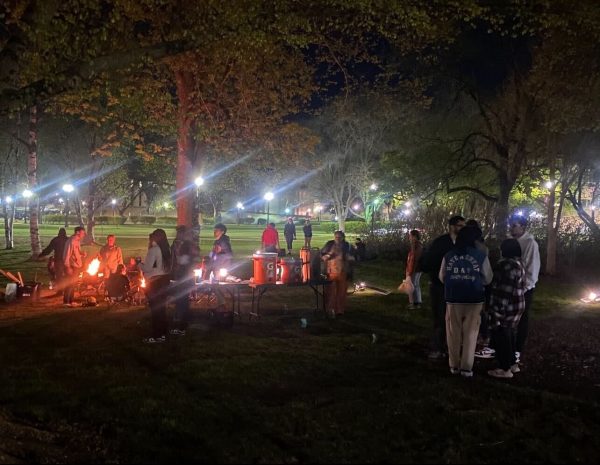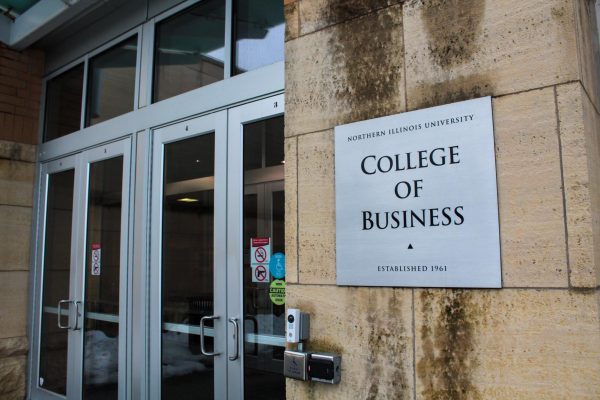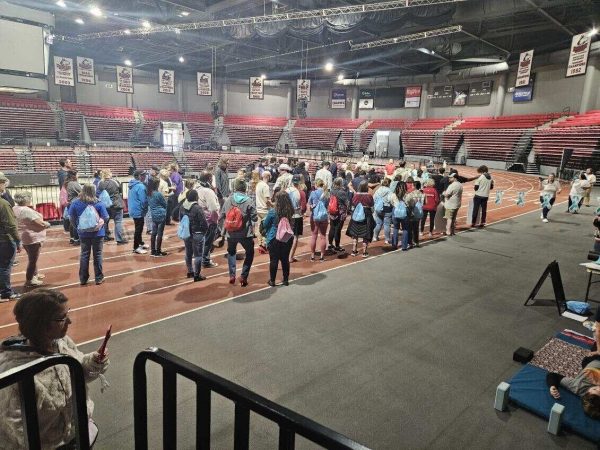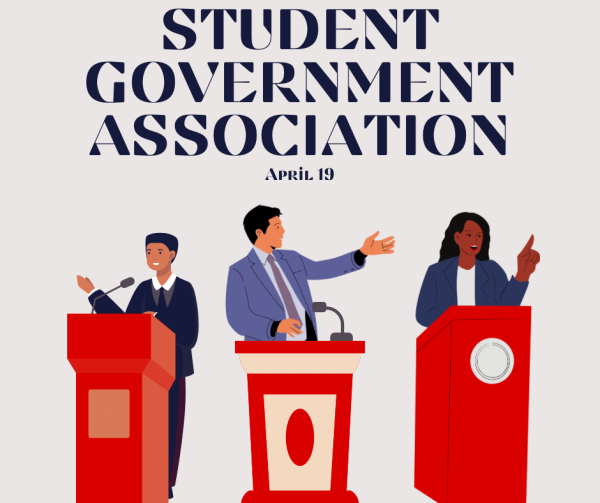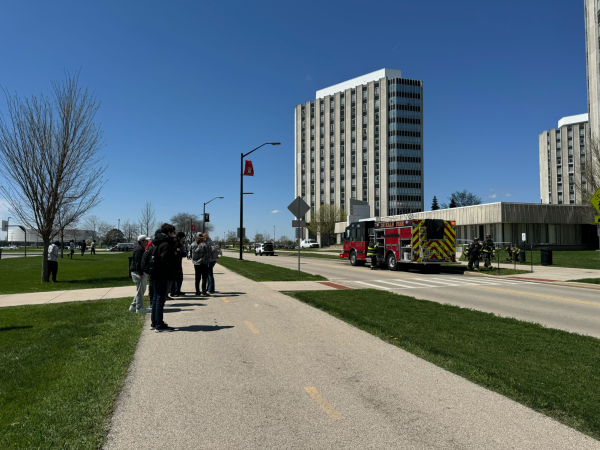Professor makes documentary on domestic violence victim advocacy group
November 18, 2015
Communication professor Laura Vazquez is creating a documentary to capture the social justice issues members of CourtWatch fight against domestic violence cases.
CourtWatch is a group of volunteers who attend DeKalb county domestic violence court cases to observe possible errors or right infringements by judges. The film, which share’s the group’s name, will be uploaded to the DeKalb County Government website by the end of the fall semester, Vazquez said.
The introduction of the film can be viewed on Vazquez’s YouTube channel.
“I want to change the world, and the way I do that is through engaging students,” Vazquez said. “My students are the best asset I have.”
Q: What is CourtWatch?
A: It’s based on the premise of the silent witness. These people volunteer to sit in court and observe what’s going on in court towards victims of domestic violence. That’s all they do is sit, take notes and watch. And then they meet and talk about the notes they’ve taken. After that, they send their notes to the Chief Justice [Timothy McCann] who then goes back to the judge and says “according to the court watch observers, this is something you might want to pay attention to.”
Q: Can you give an example of some of the improvements that Court Watch has made?
A: In domestic violence cases, it’s not unusual for judges to do what everyone often does in this culture; they blame women. So there were judges who were asking domestic violence victims, “What did you do to make your husband so angry?” As if she had caused the violence perpetrated against her and if she were better behaved, he wouldn’t have struck her. We know that’s an absurd argument because it doesn’t matter how you behave. If someone is going to be violent against you, they’re going to be violent against you.
Also, you’re supposed to be given a 72-hour waiting period, which is a no contact period so the victim has time to feel safe, collected and has time to think about what happened. CourtWatch realized the judges were forgetting to order that, so they said something and it changed.
Q: How did students get involved?
A: One student did sound, and another did camera. They interviewed the State’s Attorney, investigators and court watch members. Since I had one male and one female, it made for interesting conversation between the two of them.
In the summer of 2014, I got a new student involved who did the editing for it. She then said to me that something wasn’t working. She said it had no heart. So she got students to act out the domestic violence. It ended up not only impacting my students in communications, but students in other departments too.



